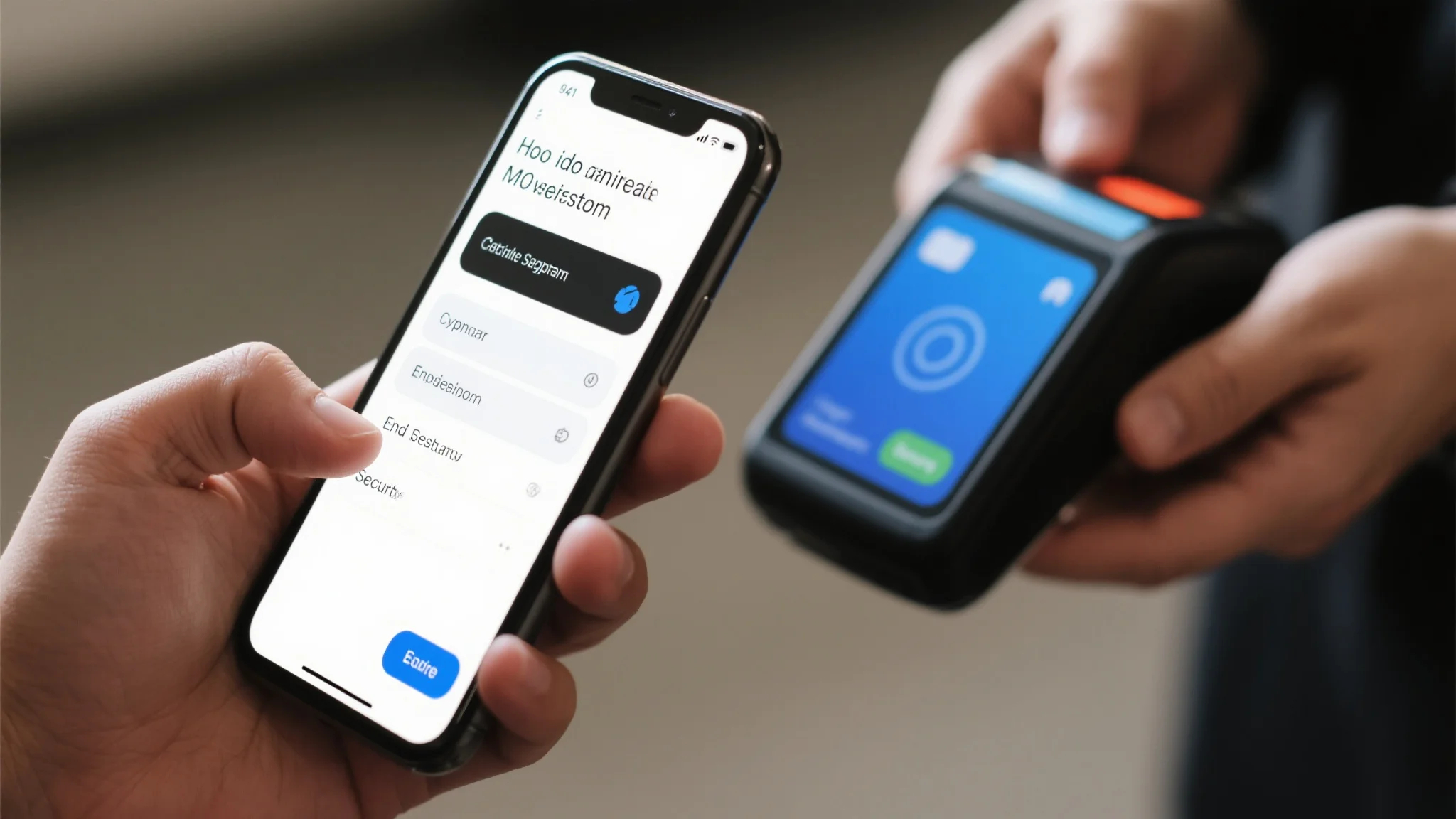The Role of Tokenization in Mobile Transactions
In the realm of mobile commerce, where every transaction involves sensitive data, security is paramount. Tokenization and encryption are two of the most critical technologies used to protect this data. While both are essential, they serve distinct purposes and work together to create a robust security framework.

What is Tokenization?
Tokenization is the process of replacing sensitive data with a non-sensitive equivalent, known as a token. This token represents the original data but does not hold any intrinsic value on its own. For example, when you make a payment using a mobile app, your actual credit card number is not stored on the merchant’s server. Instead, it is replaced with a unique token that can be used for transactions without exposing the real data.
Tokenization is particularly valuable in mobile transactions because it reduces the risk of data breaches. If a hacker gains unauthorized access to a system, they will only find tokens instead of the actual sensitive information. This makes it far more difficult for them to exploit the data, as tokens are typically useless outside their intended context.
How Tokenization Works
The tokenization process involves several steps:
Data Collection: The user’s sensitive information, such as their credit card number, is collected through a mobile app or website.
Token Generation: The data is sent to a tokenization system, which generates a unique token to represent the original data.
Token Storage: The token is stored securely, often on a separate server or within a secure element on the device.
Transaction Processing: During a transaction, the token is used in place of the actual data, ensuring that the real information remains protected.
Tokenization can be implemented in various ways, depending on the level of security required. For mobile transactions, tokens are often stored on a secure element, such as a SIM card or a hardware security module (HSM), to ensure maximum protection.
Benefits of Tokenization
Reduced Risk of Data Breaches: By replacing sensitive data with tokens, tokenization minimizes the risk of exposing real information in case of a breach.
Compliance with Regulations: Many industries have strict data protection regulations, such as PCI DSS for payment card data. Tokenization helps organizations comply with these standards by reducing the amount of sensitive data they handle.
Enhanced Customer Trust: Consumers are increasingly concerned about the security of their data. By using tokenization, businesses can demonstrate their commitment to protecting customer information, fostering trust and loyalty.
Limitations of Tokenization
While tokenization is a powerful tool, it is not without its limitations. For instance, tokens can be intercepted if the system is not properly secured. Additionally, tokenization does not provide encryption, so it must be used in conjunction with other security measures to ensure complete protection.
The Importance of Encryption in Mobile Transactions
Encryption is another cornerstone of mobile transaction security. It involves converting data into a coded format that can only be read by someone with the correct decryption key. Encryption ensures that even if data is intercepted, it cannot be easily understood or exploited by unauthorized parties.
What is Encryption?
Encryption is the process of converting data into a coded format, known as ciphertext, using an algorithm. This ciphertext can only be decoded back into its original form with a specific key. Encryption is used to protect data at rest (stored data) and data in transit (data being transmitted over a network).
There are two main types of encryption: symmetric and asymmetric.
Symmetric Encryption: Uses a single key to both encrypt and decrypt data. This method is fast and efficient but requires that the key be shared securely between the sender and receiver.
Asymmetric Encryption: Uses a pair of keys—a public key and a private key. The public key is used to encrypt data, while the private key is used to decrypt it. This method is more secure but slower than symmetric encryption.
Hashing is another form of encryption, where data is converted into a fixed-length string of characters, known as a hash. Hashing is often used to verify the integrity of data or to store passwords securely.
How Encryption Protects Mobile Transactions
Encryption plays a crucial role in securing mobile transactions by protecting sensitive data from unauthorized access. Here are some ways encryption is used in mobile transactions:
Data Protection: When you enter your credit card information into a mobile app, encryption ensures that this data is converted into ciphertext before being sent over the internet. This makes it nearly impossible for hackers to intercept and use the information.
Secure Communication: Encryption is used to secure communication channels between mobile devices and servers. This ensures that sensitive data, such as payment details, is transmitted safely.
Secure Storage: Encryption can also be used to protect data stored on mobile devices. For example, encryption is used to secure data stored on SIM cards or other secure elements.
Importance of Encryption
Prevents Data Tampering: Encryption not only protects data from unauthorized access but also ensures its integrity. Any tampering with encrypted data can be detected, as the ciphertext would no longer match the expected hash.
Compliance with Standards: Many industries require encryption to meet specific security standards. For example, the Payment Card Industry Data Security Standard (PCI DSS) mandates the use of encryption to protect payment card data.
Global Security Standards: Encryption is a globally recognized security measure. By implementing encryption, businesses can ensure that their systems meet international security standards and are trusted by customers worldwide.
Limitations of Encryption
Like tokenization, encryption has its limitations. For instance, encryption does not prevent unauthorized access to data if the encryption key is compromised. Additionally, encryption can be resource-intensive, which may impact performance in some cases.
Combining Tokenization and Encryption
While tokenization and encryption serve different purposes, they are most effective when used together. Tokenization reduces the amount of sensitive data that needs to be encrypted, while encryption ensures that the data that is transmitted or stored is protected from unauthorized access. By combining these two technologies, businesses can create a robust security framework that minimizes the risk of data breaches and protects their customers’ information.
In the fast-paced world of mobile commerce, ensuring the security of transactions is more important than ever. Tokenization and encryption are two of the most effective tools available for protecting sensitive data. Tokenization reduces the risk of data breaches by replacing sensitive information with non-sensitive tokens, while encryption ensures that data is protected from unauthorized access. By understanding the role of these technologies and implementing them together, businesses can create a secure environment for mobile transactions, protecting both their customers’ data and their own reputation.
As cyber threats continue to evolve, it is crucial for businesses to stay ahead of the curve by adopting advanced security measures like tokenization and encryption. By doing so, they can ensure that their mobile transactions are safe, secure, and compliant with industry standards.
